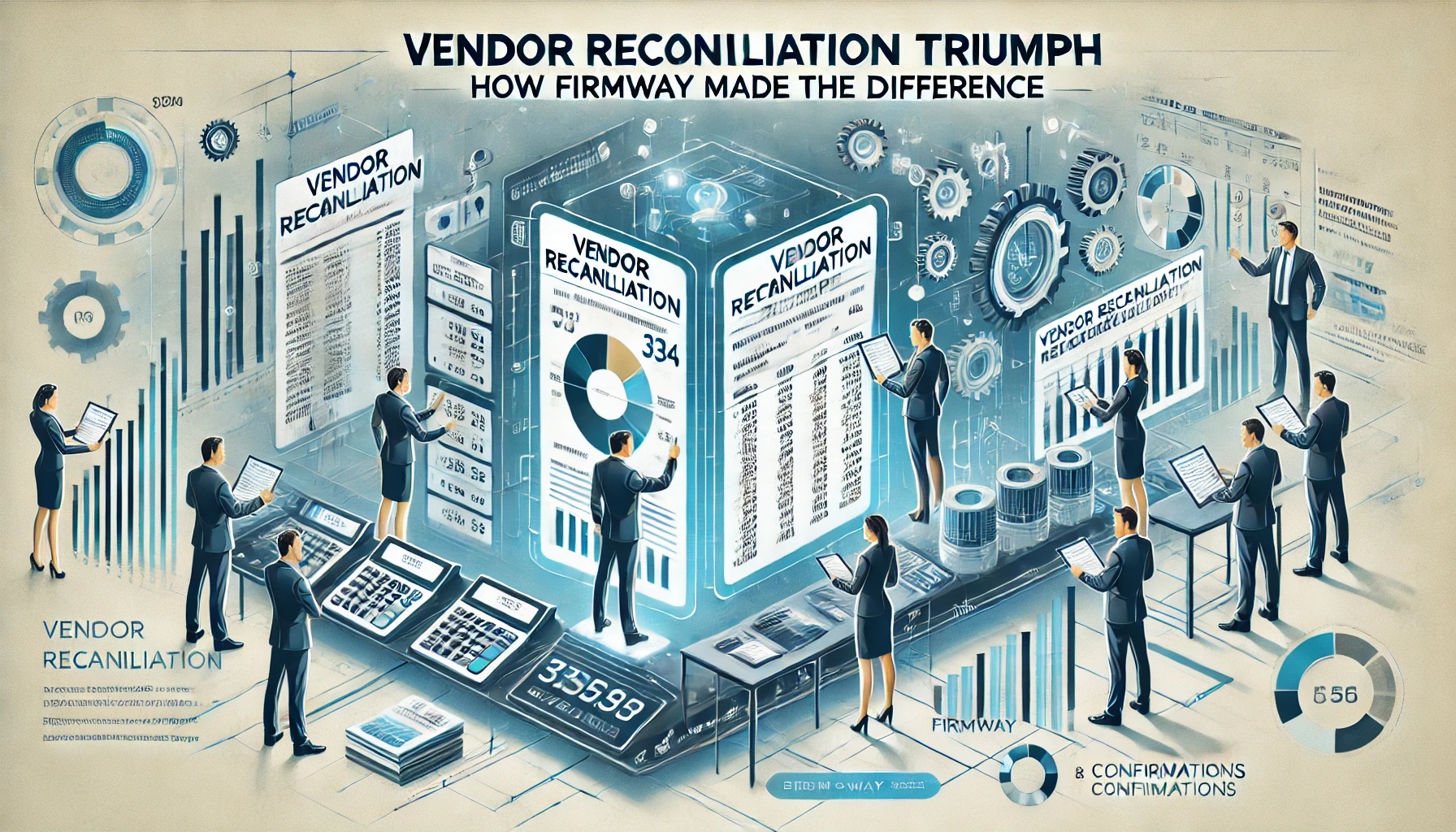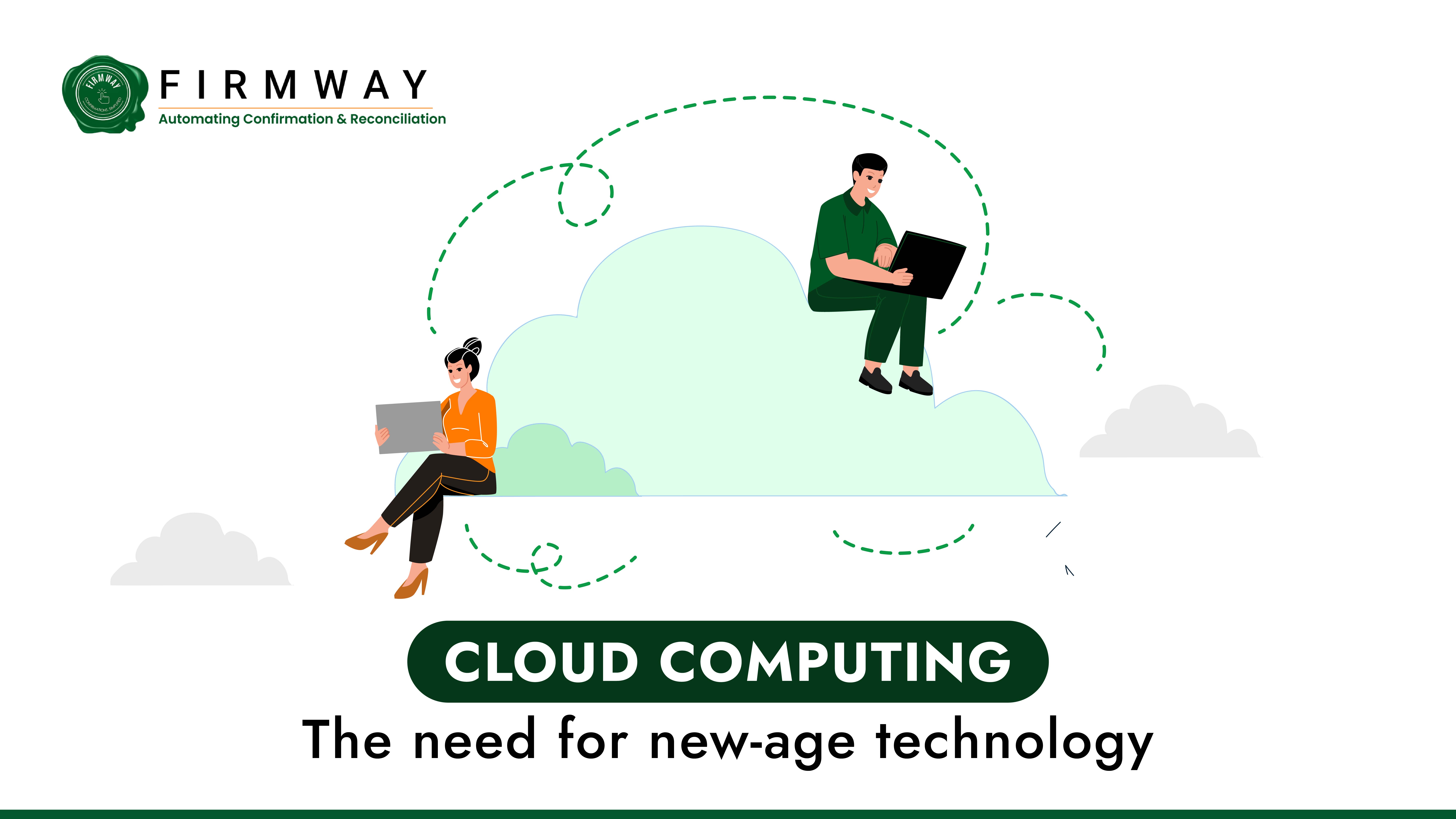Firmway played an important role in setting up Vendor Reconciliation process for the Company in India’s Air Conditioning industry
Introduction:-
A leading company in India’s Heating, Ventilation, and Air Conditioning (HVAC) industry faced challenges in managing vendor reconciliations efficiently. With a strong presence in both B2B and B2C markets, the company operates through multiple offices, manufacturing facilities, and an extensive network of channel partners. Given the scale of its operations, vendor reconciliation was crucial for maintaining financial accuracy and vendor relationships.
The Challenge: Vendor Reconciliation Woes
Company X heavily relies on 10,000 vendors across India to sustain its extensive operations. Managing this vast vendor network while nurturing strong vendor relationships presented significant challenges to the procurement and accounts payable teams.
To effectively address these challenges, enhancing the vendor invoice booking and payment processes was paramount. Therefore, Company X has successfully implemented initiatives like Vendor Portal, Auto generated payment advise etc. Now Company X set its sight to implement the continuous vendor reconciliation process.
Vendor Reconciliation Challenges:-
Despite exploring various approaches, such as establishing an in-house team and outsourcing services result of which all were inconsistent, Company X encountered the following hurdles:
- Difficulty in obtaining Statement of Accounts (SOA) from vendors.
- Identifying actionable insights from the reconciliation process.
- Lengthy turnaround times for completing ledger reconciliations.
- Challenges in obtaining vendor sign-offs.
Considering above all, Company X decided to enlist the expertise of Firmway.
Firmway’s Impact on Vendor Reconciliation :-
- Through Firmway’s innovative touchless confirmation and ledger reconciliation software, Company X achieved remarkable results:
- Obtained SOAs from 65% of vendors, covering 80% of the total transaction amount.
- Successfully completed the targeted number of reconciliations within a year, reconciling 80% of the Company’s annual purchases.
- Secured sign-offs from 30% of vendors.
- Achieved an impressive ROI of 437% by identifying and resolving discrepancies.
- Implemented comment-based status updates by cross-referencing them with the invoice tracker
These quantifiable outcomes underscore the effectiveness of Firmway’s intervention. Moreover, the intangible benefit of strengthening vendor relationships cannot be overstated, as satisfied vendors contribute to the uninterrupted flow of operations.
About Firmway :-
Firmway, a dynamic venture spearheaded by Chartered Accountants (CAs), offers a cutting-edge SaaS platform. In our mission to automate and streamline your accounting processes, we aim to reduce complexities. Furthermore, we provide a holistic suite of solutions, including Balance Confirmations, Audit Confirmations, MSME Confirmations, 26AS, Ledger Reconciliation, and a wide range of other invaluable features
To know more about Firmway – https://firmway.in/





 Why Use ICAI Audit Working Paper Appropriately:
Why Use ICAI Audit Working Paper Appropriately:




 Conclusion: Embrace the Cloud for Digital Transformation
Conclusion: Embrace the Cloud for Digital Transformation
 Firmway’s Role in Preventing Similar Issues
Firmway’s Role in Preventing Similar Issues

